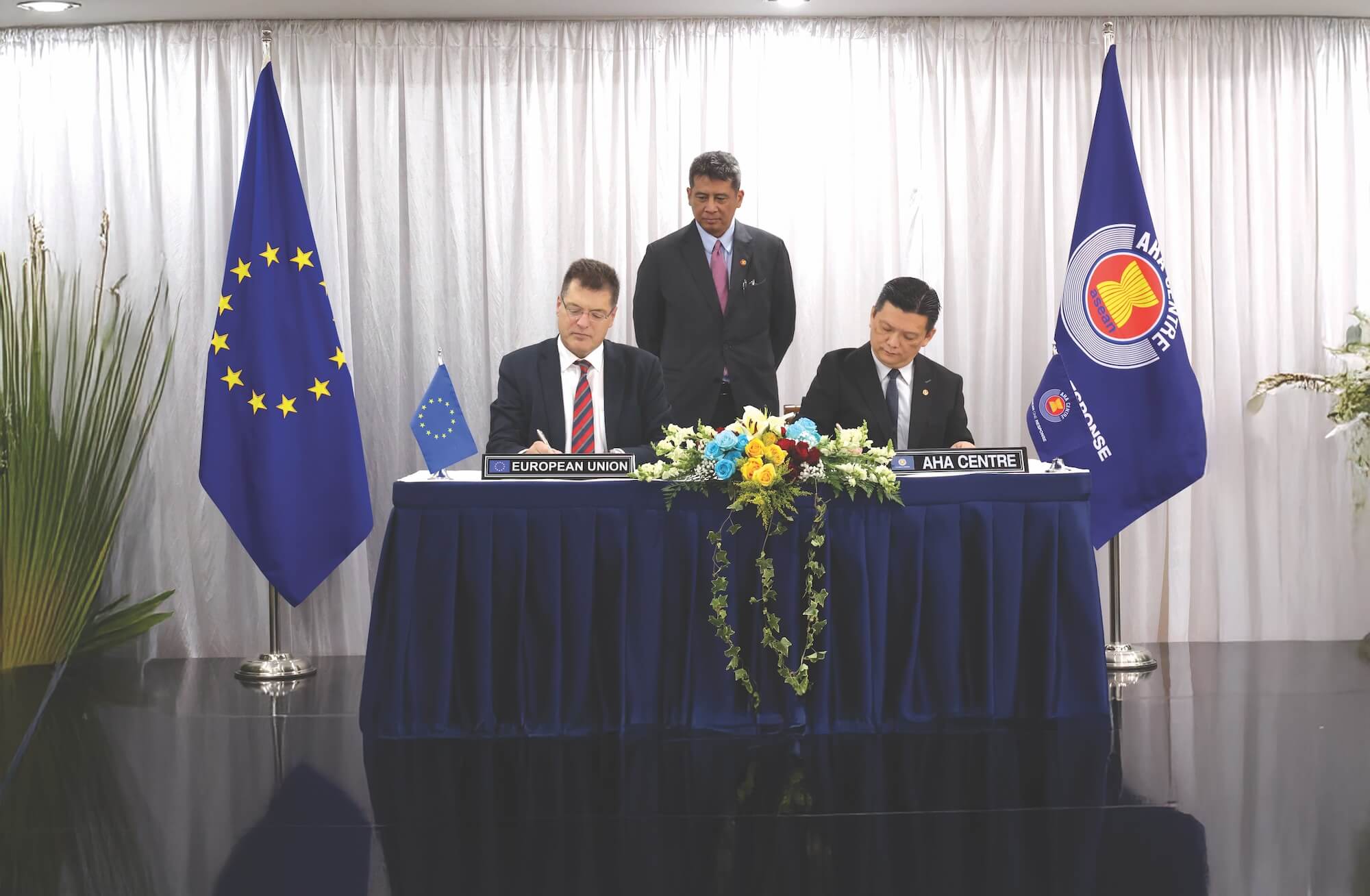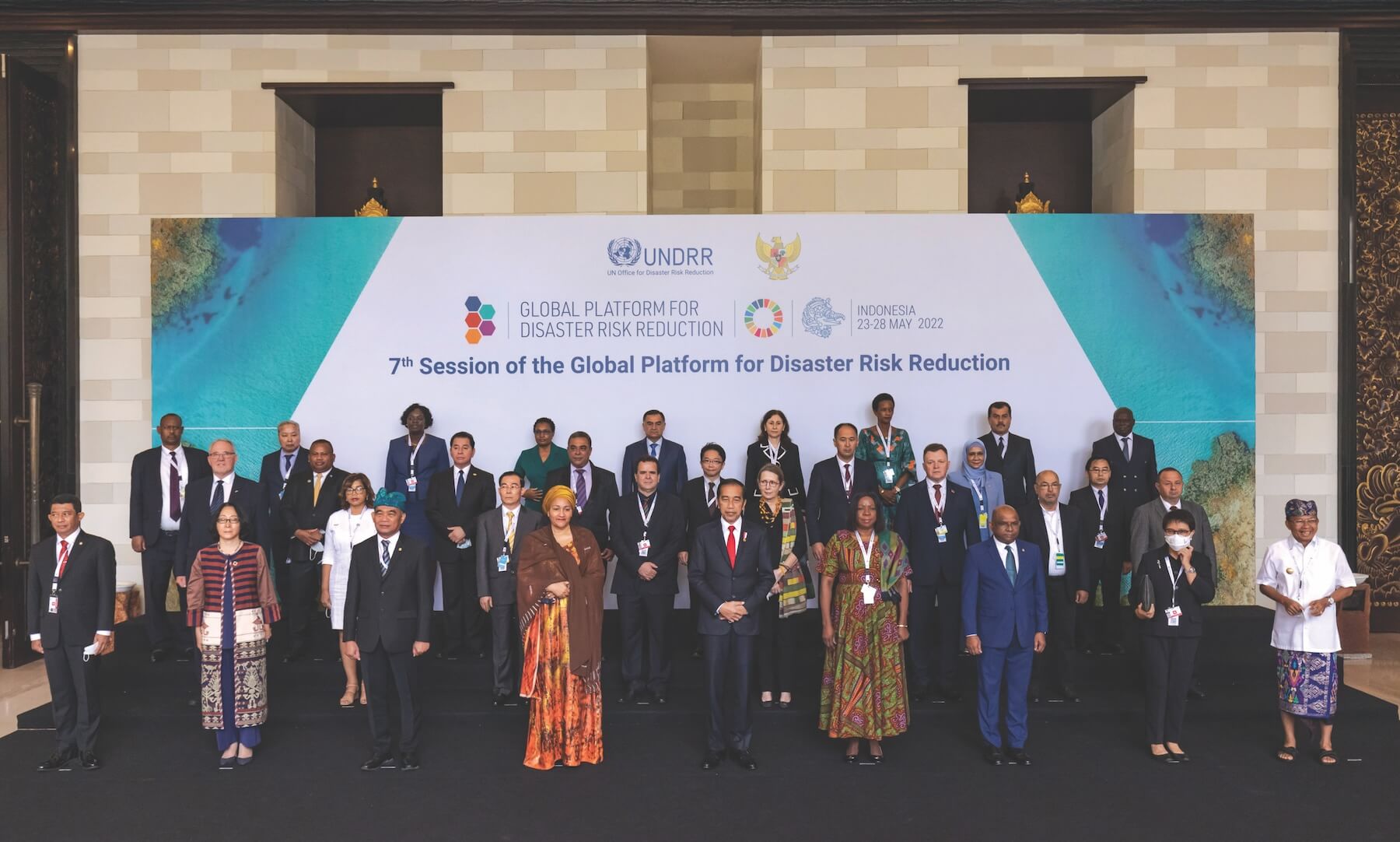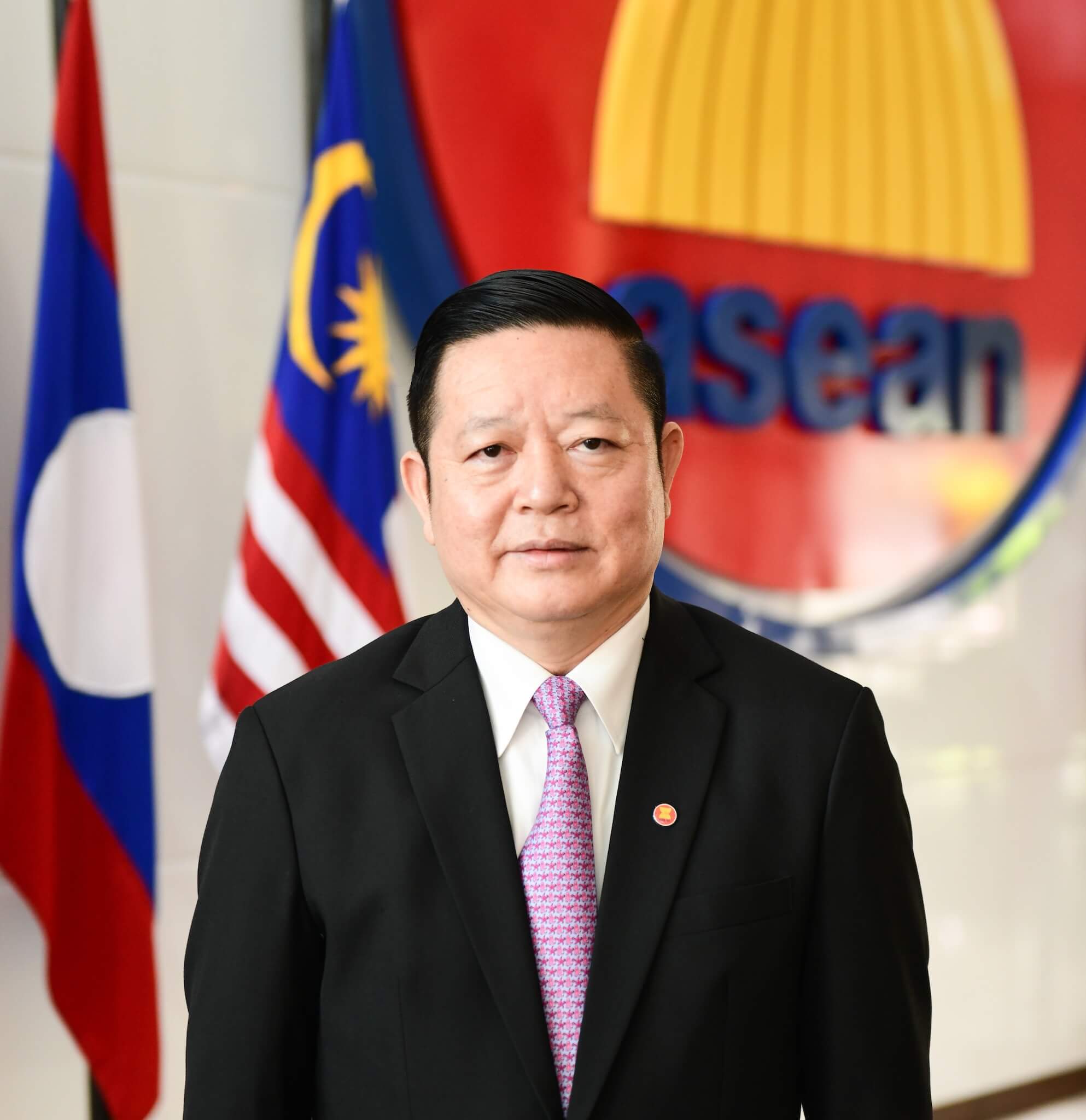





The world is undergoing unprecedented transformation. In the decades ahead, ASEAN must harness its economic foundation, leverage its diversity, and cultivate future-ready talent to navigate crucial crossroads.
A multipolar world, shifting global trade dynamics, rapid technological advancements, the intensifying climate crisis, and rapid demographic changes are trends that pose formidable challenges—but also create immense opportunities.
ASEAN’s path to lasting prosperity, resilience, and global relevance demands a bold, forward-looking vision, one that not only addresses today’s disruptions but also anticipates the opportunities of tomorrow. This vision underpins the ASEAN Economic Community (AEC) Post-2025 Study, Towards AEC 2045: Options and Potentials, completed in 2024. Insights from this landmark effort have informed the development of the AEC Strategic Plan 2026-2030, a strategic and future-oriented roadmap to help ASEAN navigate uncertainty and realise its long-term potential. To better understand how the region can thrive amidst global transformation, we turn to five defining megatrends that are shaping its future.
A multipolar world: Navigating a fragmented global order
Rising geopolitical uncertainties are reshaping trade, finance, technology, and the movement of people. Such shifts in digital, financial, and trade systems could disrupt ASEAN’s supply chains and capital flows. To respond to these shifts, middle powers like ASEAN must navigate these changes carefully and strategically.
For instance, while ASEAN has maintained strong trading relationships with existing partners and emerging economies, priorities may need to be adjusted to strengthen partnership with the Global South, which is projected to account for over half of the global GDP. By doing so, ASEAN can maintain its internal cohesion and reinforce its Centrality, positioning itself as a unified and attractive partner on the global stage.
Global trade realignment: Shifting value chains and trade relations
With shifting trade dynamics, global companies are increasingly seeking to diversify their trade exposure to reduce vulnerability. Consequently, over the past five years, several ASEAN countries have emerged as attractive alternative hubs for the manufacturing sectors, thanks to the region’s openness to business, cost-efficient labour pools, and growing infrastructure connectivity. To leverage on this, ASEAN must move beyond low-cost manufacturing and invest in high-value industries, such as electric vehicles, semiconductors, and renewable energy technologies.
Internally, ASEAN will benefit from addressing its own trade asymmetries. Only two countries have so far captured over 70 per cent of ASEAN’s export increase to the U.S. from the period 2018 to 2023. A more coordinated regional trade strategy—including mutual recognition agreements, digital trade facilitation, and supply chain integration—will enable other Member States to reap trade benefits from integration with the global value chains.
Technology disruption: Seizing digital opportunities
The world stands on the brink of a technological revolution, driven by artificial intelligence (AI), big data, 5G, and the Internet of Things (IoT). One estimate suggested that by 2033, these frontier technologies will represent a 16.4-trillion-US-dollar market—a staggering increase from a 2.5-trillion-US-dollar market in 2023 (UNCTAD, 2025). ASEAN, with its high internet penetration and growing number of digital users, has a unique opportunity to catch up with advanced economies.
Optimism surrounding AI is relatively high in ASEAN. However, significant barriers remain, such as the shortage of skilled workers, limited regulatory harmonisation, underdeveloped digital infrastructure, and cyber vulnerabilities, to name a few. To close this gap, ASEAN must build robust digital ecosystems, harmonise digital regulations, and advance talent mobility across borders. Doing so will not only foster innovation but also buffer against the social risks of automation and job displacement.
It is encouraging to note that ASEAN has begun laying the foundation through initiatives such as the Unique Business Identity Number (UBIN) system and ongoing negotiations on the ASEAN Digital Economy Framework Agreement (DEFA). These initiatives are poised to enhance ASEAN’s competitiveness while ensuring that the region’s business communities and people benefit from accelerated technological transformation.
Climate change: Turning risks into opportunities
The effects of climate change are felt worldwide, and ASEAN is no exception. Over 75 per cent of its population live in coastal areas vulnerable to sea-level rise, floods, and extreme weather events. Left unchecked, climate-related risks could reduce regional GDP by as much as 37 per cent by 2050 (SwissRe, 2021).
Yet, this challenge also holds a transformative opportunity. ASEAN is home to 36 per cent of the world’s cost-effective nature-based climate solutions—from forest preservation to blue carbon initiatives in coastal regions. Transitioning to a green economy could generate 5.3 trillion US dollars in value and lead to the creation of as many as 66 million jobs by the middle of the century.
To secure a successful sustainability transition, the region’s path forward will require bold investments in carbon markets, green infrastructure, and the rapid integration of sustainable value chains across the region. Fortunately, the groundwork is already being laid: recent regional strategies on carbon neutrality, circular economy, and the blue economy signal that ASEAN’s journey towards climate resilience is well underway—proof that the region is not merely reacting but actively shaping its sustainable future.
Demographic transition: From youth boom to silver economy
ASEAN’s population is ageing fast. By 2050, the number of people aged 65 and above in the region is expected to reach more than 173 million people, a leap from only more than 77 million in 2020, according to the UN. This shift presents dual challenges: the need for a robust social protection system and the imperative to boost labour productivity as the working-age population starts to decline.
At the same time, ASEAN, collectively, is on track to become an upper-middle-income economy, with consumer spending expected to double by 2045. This rising middle class presents a massive market for healthcare, education, tourism, and digital services.
To harness this demographic dividend while preparing for the silver economy, ASEAN could invest in lifelong learning, retraining programs, and care economy infrastructure. It also needs to narrow the digital and economic divide, particularly for women, rural populations, and informal workers.
Seizing the moment: A roadmap to resilience and relevance
ASEAN’s future will be defined not just by how it reacts to megatrends, but by how it shapes them. With a collective GDP already ranking among the world’s top five, the region has the potential to be a stabilising force in an uncertain world.
To achieve this, ASEAN needs to act boldly and collaboratively. The AEC Strategic Plan 2026-2030 sets forth resolute measures to anticipate and address these megatrends. For the plan to be implemented, political will, sustained investment, and deep cross-border collaboration are essential.
The world is watching the ASEAN region closely. The new AEC Strategic Plan will demonstrate that it delivers beyond declarations and high-level commitments, serving as a concrete roadmap for shared prosperity.
References:
SwissRe. (2021). The economics of climate change: Impacts for Asia. https://www.swissre.com/risk-knowledge/mitigating-climate-risk/economics-of-climate-change-impacts-for-asia.html
UNCTAD. (2025). Technology and innovation report 2025. https://unctad.org/system/files/official-document/tir2025overview_en.pdf
WHO. (2025). Promoting health and wellbeing of older persons: WHO’s support to ASEAN Member States. https://www.who.int/thailand/news/detail/25-02-2025-promoting-health-and-well-being-of-older-persons–who-s-support-to-asean-member-states








